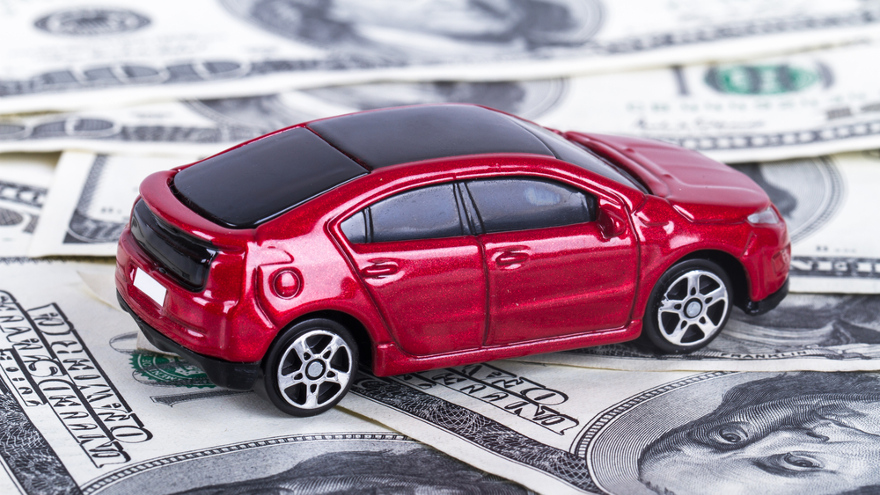Manheim index movement off to consistent start

The Manheim Used Vehicle Value Index certainly is consistent to begin 2018.
According to Cox Automotive chief economist Jonathan Smoke, the index reading for February landed exactly where it did in January — 131.0.
While the reading showed wholesale used-vehicle prices (on a mix-, mileage-, and seasonally adjusted basis) remained flat month-over-month, the February figure also represented a 5.1-percent increase from a year ago
Also of note, the February reading marked the lowest level since last July.
On a year-over-year basis, Smoke pointed out that all major market segments except midsize cars saw price gains. Pickups and vans outperformed the overall market with price increases of 6.2 percent and 10.3 percent, respectively.
The latest Manheim index update showed price gains for compact cars and luxury cars at 4.5 percent and 4.7 percent, respectively, as analysts also spotted a 3.6-percent rise for SUVs and CUVs.
And those midsize cars? Prices for those units softened by just 0.3 percent, according to Manheim’s index.
“As expected, now that prices are more in line with the general trend prior to the hurricanes, the rapid acceleration of depreciation has slowed to normal,” Smoke wrote in commentary that accompanied the latest Manheim index report.
“We will likely miss the normal ‘bounce’ in used-vehicle prices in March as tax refunds will again be delayed as part of the IRS effort to combat identity fraud,” he continued. “Weekly tax refunds for the week ending Feb. 16 were down 2 percent versus a similar time period last year equaling almost $2 billion in refunds.
“However, in the week ending Feb. 23, the number and total amount of refunds were up year-over-year during a similar week in 2017, suggesting an increase in the rate of tax return processing,” Smoke went on to say. “Prices should be on firmer footing by April as retail demand kicks into gear.”
According to Cox Automotive estimates, used-vehicle sales increased by 2 percent year-over-year in February versus last year. The February used SAAR came in at 39.6 million units.
Elsewhere in the wholesale arena, Manheim noticed rental risk pricing strengthens.
Analysts computed the average price for rental risk units sold at auction in February rose 4 percent year-over-year. Rental risk prices were up 2 percent compared to January.
Manheim also mentioned average mileage for rental risk units in February — at 46,300 miles — was 11 percent above a year ago.
As far as what Manheim is seeing in the new-model world, Smoke pointed out what many franchised dealers already know: new-vehicle sales decreased in February.
Smoke reiterated that the February new-vehicle sales volume decreased 2 percent year-over-year with the same number of selling days compared to February 2017.
As a result, February SAAR came in at 17.0 million, down from last year’s 17.3 million; but it’s the sixth straight month of more than 17 million SAAR.
Smoke indicated cars continue to see sharp declines as sales in February fell 13 percent compared to last year, with major car segments’ having sales declines. He added that light trucks outperformed cars in February and were up 4 percent year-over-year.
Smoke also noted that the combined rental, commercial, and government purchases of new vehicles rose 4 percent year-over-year in February, led by increases in commercial (up 4 percent) and rental (up 5 percent) fleet channels.
“New-vehicle inventories remained below 4 million units for the eighth straight month, but inventories are at their highest level since June 2017,” he said.
Smoke closed his latest Manheim index commentary by highlighting how consumers are driving strong economic momentum.
“Consumer confidence in February was the highest reading in more than 17 years. Likewise, consumer sentiment rose to its highest reading in more than 13 years,” Smoke said.
“Both increases suggest the consumer is buoyed by lower taxes that are starting to be seen in paychecks,” he continued. “Consumer spending continues to be strong and is driving the economy.
“The first two months of the year saw severe winter weather and marginal declines in new sales, but higher paychecks from tax reform combined with tax refunds should see improving retail spending including auto sales this spring,” Smoke went on to say.


